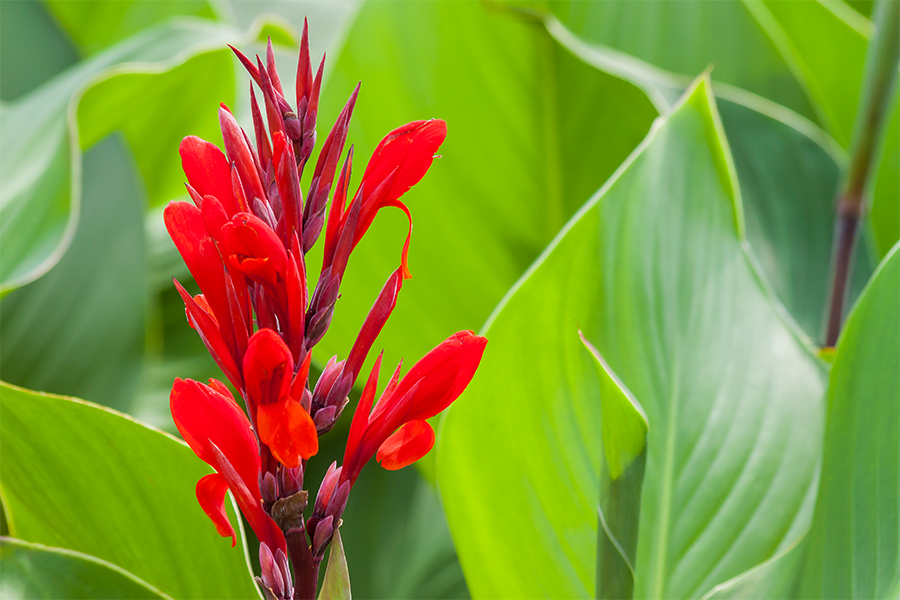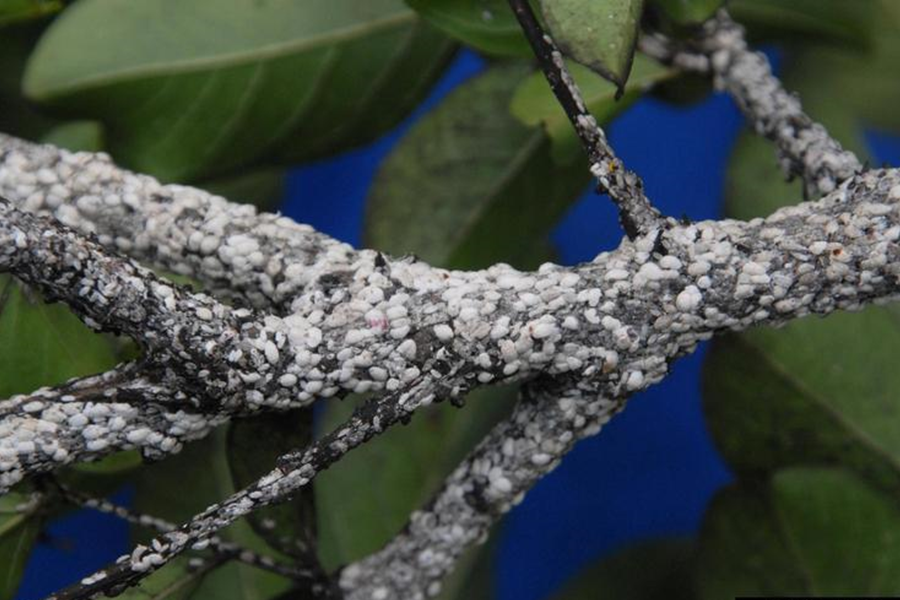Home
-

An introduction to the larger canna leafroller, plus information on biology and management.
William G. Hudson and Shimat V. Joseph
|
-

The crape myrtle bark scale (CMBS) is an emerging threat to crape myrtle (Lagerstroemia spp.) in Georgia. As the name indicates, this scale pest attacks the bark of crape myrtle, the only known scale insect that infests crape myrtle bark. A native of Asia, CMBS was first confirmed in Dallas, Texas, in 2004. Since then, the pest has gradually expanded its range to the southeastern states. In Georgia, it was first confirmed in Coweta County in 2014. In 2019, CMBS were found infesting crape myrtles in an ornamental nursery in south Georgia. They can potentially spread in zones 6 to 9.
William G. Hudson and Shimat V. Joseph
|
-

Clutter is a collection of things lying around in an untidy mess, usually because we don’t have a designated place for it. Household clutter has a big impact on your health and quality of life. This publication will help you asses if you have too much household clutter and then recommends ways to take charge, clear the clutter, and maintain a clutter-free home.
Denise D. Everson, Pamela R. Turner, and Susan L Moore
|
-

While most of us are familiar with common poisonous plants that cause dermatitis (skin irritations) such as poison ivy or poison oak, we fail to recognize common ornamental plants in the landscape that may cause internal poisoning when ingested. Although most adults would not intentionally eat the leaves or fruit of ornamental plants in the landscape, young children or pets sometimes do. This resource provides readers with information on some of the common landscape plants known to have poisonous properties when ingested. You may be surprised to learn just how many of our common plants, such as azaleas, hydrangeas, boxwood, and English ivy, are known to have poisonous properties.
Bob Westerfield
|
-

C 1041-6
Housing: Your Top Priority
Keeping a roof over your head is an important concern when your income drops or doesn’t go as far as it used to. Careful planning can help you avoid eviction from your rental unit or the loss of your home.
Michael Rupured, Pamela R. Turner, and Dana Carney
|
-

People spend an average of 90 percent of their time indoors. Studies conducted by the Environmental Protection Agency (EPA) show levels of several common organic pollutants to be two to five times higher inside homes than outside. Many of these pollutants come from the volatile organic compounds (VOCs) released from household cleaning products. Indoor pollutants can be reduced by limiting the number of chemicals used indoors. By following three basic guidelines you can improve your indoor environment, save money, and help conserve natural resources.
Pamela R. Turner
|
-

As tipping fees have risen, interest has increased in finding alternative uses for construction wastes. Many homebuyers are also looking for environmentally sensitive building practices. This includes the recycling and reuse of construction debris rather than disposal. One of the largest waste components in residential construction is gypsum wallboard. In many cases, scrap wallboard can be ground and beneficially applied on the construction site, rather than transported to the landfill.
Julia W. Gaskin and Clint Waltz
|
-

There may be insect fragments, lead dust, pesticides, pollen, dust mites, animal dander, hair, human skin flakes, fungal spores, or cigarette ash in household dust. Around 30% to 40% of the contaminants inside your home are brought in from outdoors. By taking a few simple steps described in this resource, you can improve the health of your home and reduce the time spent cleaning.
Pamela R. Turner
|
-

An estimated 1.7 million people in Georgia rely on 640,000 private wells for their drinking water supply. The Georgia Environmental Protection Division enforces EPA’s drinking water quality standards for human consumption in public water supplies according to the Federal Safe Drinking Water Act. However, private wells are not regulated. Consequently, private well water users are responsible for ensuring the quality and safety of their water supplies for domestic, livestock, and irrigation use.
This online tool provides interpretations and recommendations for drinking water quality. The user enters the test results from a water testing laboratory, then interpretation of data is automatically given. This tool also provides recommendations to the user when necessary.
The tool can be found at http://aesl.ces.uga.edu/water/recommendations/
Richard Hitchcock, Uttam K. Saha, and Leticia S Sonon
|